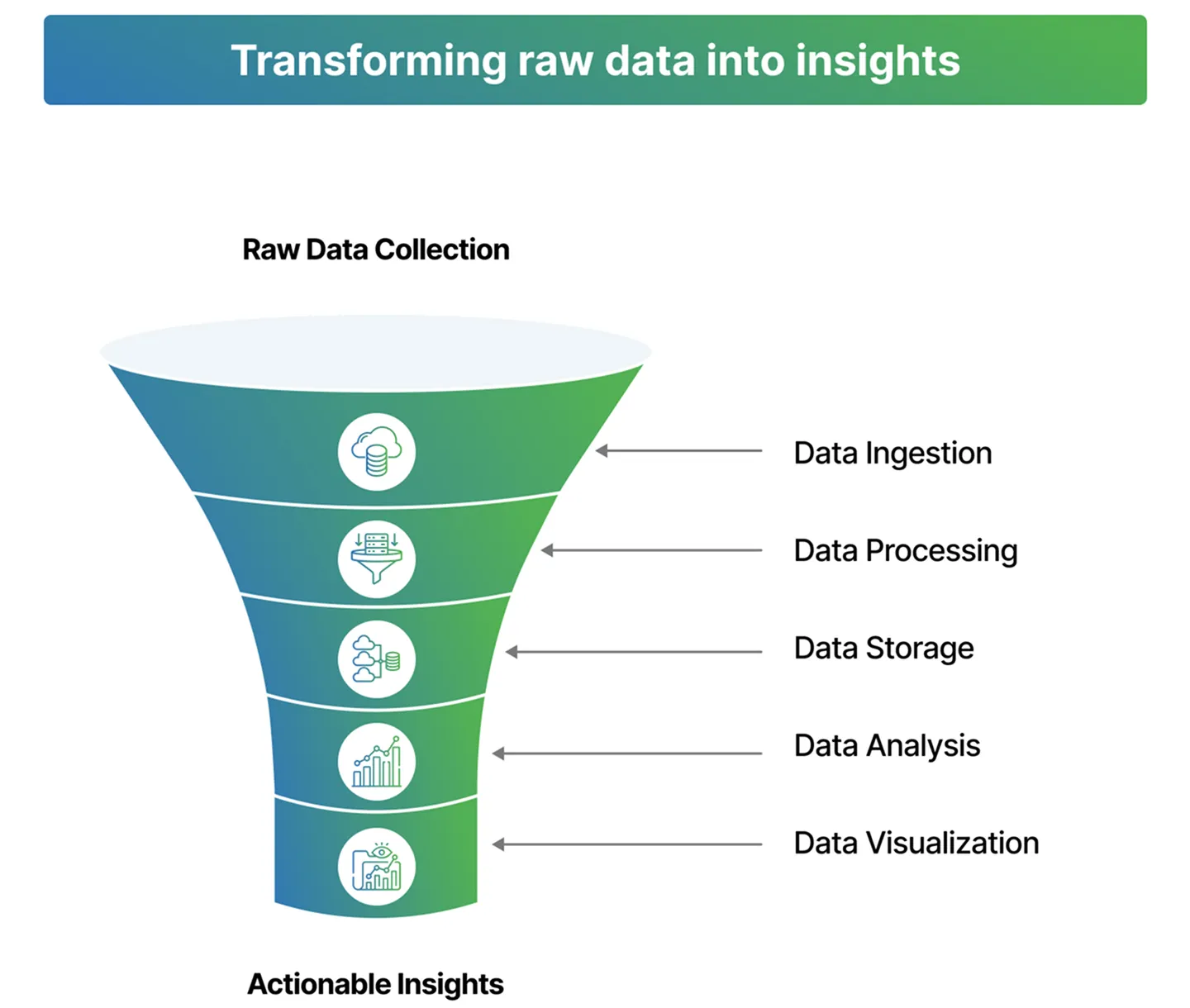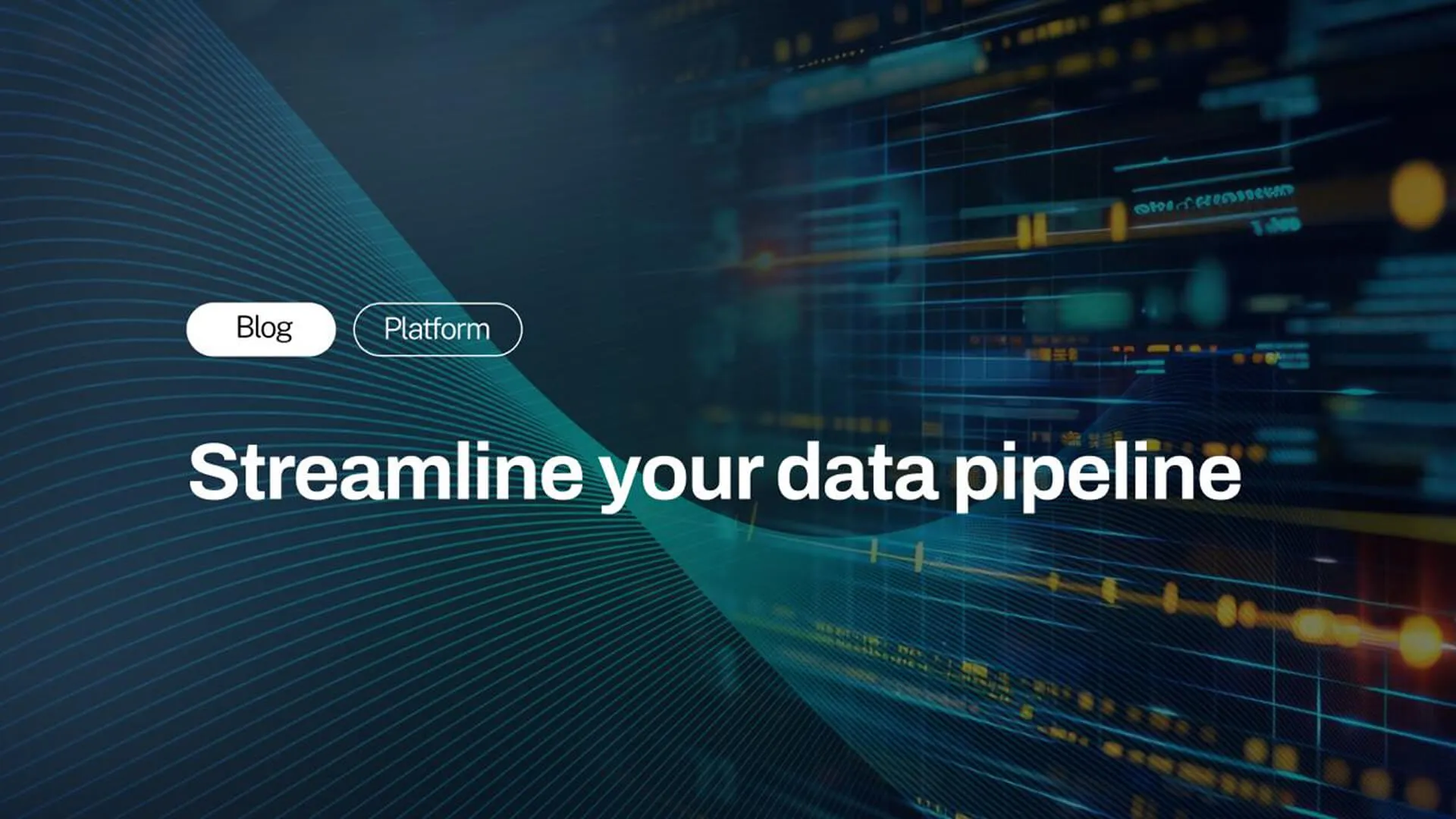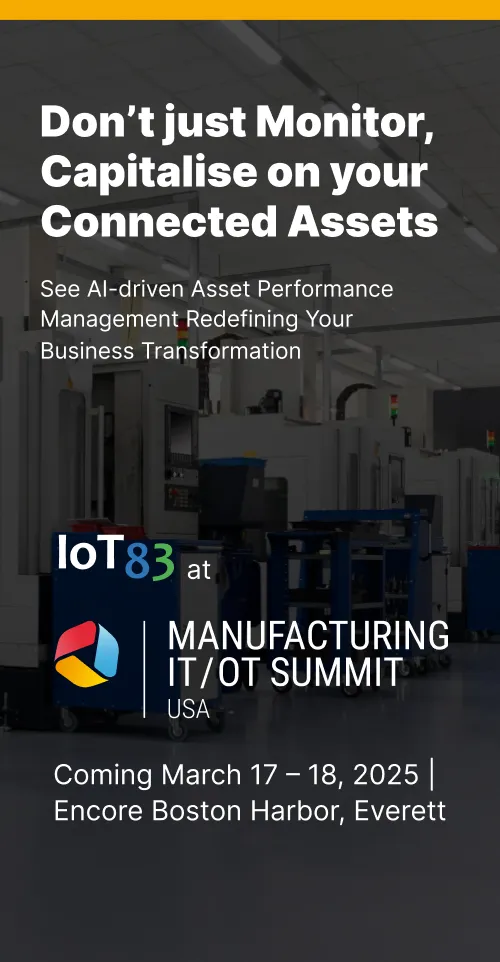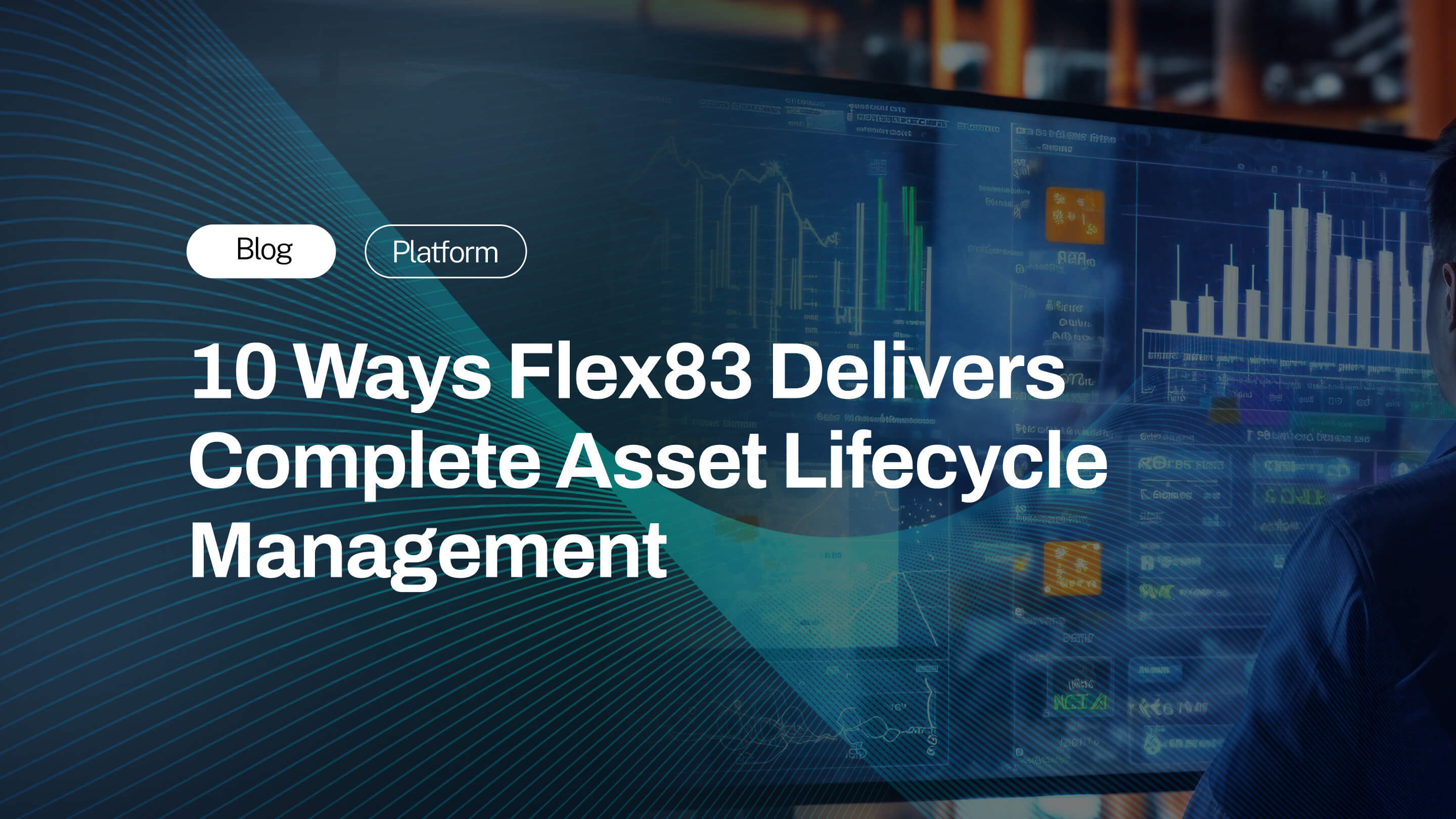When a Fortune 500 manufacturer with over a century of engineering legacy and expertise wanted to modernize its data pipeline—across millions of assets, multiple business units, and global tenants—they didn’t build from scratch. Of course, because it takes years and millions of investments. Today, that same company is orchestrating petabytes of streaming telemetry from IoT devices, ERP systems, and legacy environments—seamlessly transforming it into high-value business intelligence.
And here’s the best part: You can do the same. You can also streamline your data pipeline.
Driving the Data Deluge
In today’s industrial landscape, data is no longer just a byproduct of operations—it’s the strategic merit that drives intelligent decision-making, predictive insights, and optimized performance. But it’s not as easy as it sounds. With data flowing from a labyrinth of connected devices, business systems, and legacy machines, organizing, processing, and leveraging that data remains one of the most complex challenges for most businesses.

Every business would have once sat down and thought: “WHAT’s WRONG WITH MY DATA?”
That’s where Flex83, an advanced Data and AIoT Platform, steps in. It redefines the data orchestration pipeline to simplify complex data journeys and empower businesses with scalable, secure, and intelligent asset insights. From real-time data ingestion to AI-powered analytics, Flex83 delivers an end-to-end orchestration solution that supports rapid digital transformation across industrial use cases.
Hold on to know how Flex83 streamlines the data pipeline in four critical stages—each designed to reduce time, cost, and risk for enterprises building IoT solutions.

Stage 1: Streaming Connectors & Data Ingestion
The data orchestration journey begins with streaming connectors—critical tools that handle diverse data ingestion from multiple, often incompatible sources.
Whether it's sensor feeds from connected assets, telemetry from IoT devices, or enterprise system outputs like ERP, MES, and CRM platforms, Flex83’s connectors enable seamless data unification despite varying formats, protocols, and identifier mismatches.
For businesses, structured and unstructured data come from everywhere—production lines, field sensors, edge gateways, third-party APIs. Managing this heterogeneity is often a nightmare for businesses. With the AIoT platform, this complexity is abstracted.
- Plug-and-play ingestion pipelines for OPC UA, MQTT, REST, WebSocket, and more
- Real-time mapping and transformation of telemetry and event data
- ETL/ELT support with intelligent schema alignment
- Data routing from edge to cloud with low latency
By automating the ingestion layer, OEMs and enterprises can focus on insights, not infrastructure. This also sets the foundation for successful Industrial IoT deployment and stream processing downstream.
Stage 2: Data Processing, Intelligence & Storage
Once data is unified and ingested, the next step is to validate, transform, and enrich it. The AI-driven data pipeline engine can help in:
- Data cleaning (removal of duplicates, fixing missing values)
- Data validation and normalization
- ML-based feature engineering to optimize modelling
By leveraging MLOps with Kubernetes, Flex83 transforms raw data into actionable intelligence. It ensures data consistency even when sourced from legacy PLCs or cloud-native sensors with differing formats and units. The transformed data is then securely stored in an industrial-grade, scalable data lake—optimized for both batch and real-time access.
The Flex83 differentiation:
- Pre-built support for Apache Spark jobs and custom DAG workflows
- High-throughput data pipelines for edge-cloud processing
- In-built query abstraction via GenAI (AI-Genie) (For example: You can ask natural questions like “What is my best-performing asset?” and get precise results)
This reduces the dependency on SQL-heavy engineering and opens data access to operations, product teams, and business leaders—all while maintaining role-based access controls.
Stage 3: Data Consumption via Catalog APIs
With clean data is in place, it is easier to consume, interact with, and operationalize that data across your enterprise systems. Flex83 exposes documented APIs through a secure and built-in Swagger interface, allowing IT teams and developers to:
- Access Data Catalog APIs for structured metadata
- Manage device and asset configurations
- Enable secure data authorization and auditing
By providing this structured interface, Flex83 becomes the glue between OT and IT systems—bridging the gap between data producers (sensors, machines) and data consumers (dashboards, ML engines, enterprise systems). Another powerful component here is the Data Pipeline Orchestrator, which automates Multi-step workflows, Conditional logic, and Orchestration of Spark or other distributed jobs.
Stage 4: Visualization, Insights & Multi-Tenancy
Data holds no value unless it’s accessible and understood. Turning complex data into intuitive visuals and dashboards through custom visualization engine is one of the most important aspects.
Users can generate tailored dashboards for Asset performance monitoring, Finance and operations, Predictive maintenance, and Overall Equipment Effectiveness and downtime analytics
One of the standout features is asset lineage—a graphical view of how data flows from physical assets to final business metrics. This helps OEMs visualize dependencies, identify bottlenecks, and gain trust in their automated systems.
Furthermore, Flex83’s multi-tenant architecture ensures each customer or division sees only their relevant data, Role-based access controls (RBAC) are enforced, and have centralized monitoring and billing for all tenants.
This is particularly crucial for businesses delivering managed services or Equipment-as-a-Service (EaaS) models to multiple clients.
How Flex83 Helps in Better Data Pipelines
Flex83 isn’t just another AIoT platform—it’s purpose-built for the scale, complexity, and demands of industrial use cases. Here’s what makes it a game-changer:
- Start at 83% solution completeness – drastically reduce time-to-market
- Built-in AI/ML tooling – no external integrations required
- Cloud agnostic – deploy on AWS, Azure, or on-prem Kubernetes
- End-to-end control – from ingestion to visualization
- Zero vendor lock-in – IP ownership and customizability for OEMs
In a world where low-code platforms often fail to address edge deployment, device integration, and industrial interoperability challenges, Flex83 offers a pro-code platform with the building blocks that engineers, and product teams can trust.
Whether you’re transforming legacy assets into smart systems, deploying predictive maintenance at scale, or integrating with ERP, SCADA, or custom MES tools, Flex83 serves as your strategic control tower.
Reduce Data Pipeline Complexity with Flex83
OEMs and enterprises face tremendous pressure to modernize operations, enable new business models, and create differentiated experiences for customers. Yet most struggle to scale because their IoT deployments are fragmented, their data pipelines are fragile, and their analytics tools are isolated from business logic.
Flex83 solves this.
From streaming ingestion to AI-powered data orchestration, secure API interactions, and multi-tenant dashboards, Flex83, the Data and AIoT platform, helps in developing and deploying data-driven solutions without compromise.
When data is clean, intelligent, and actionable—everything changes, and evolving is easier.






.jpg)

%20(1).jpg)


